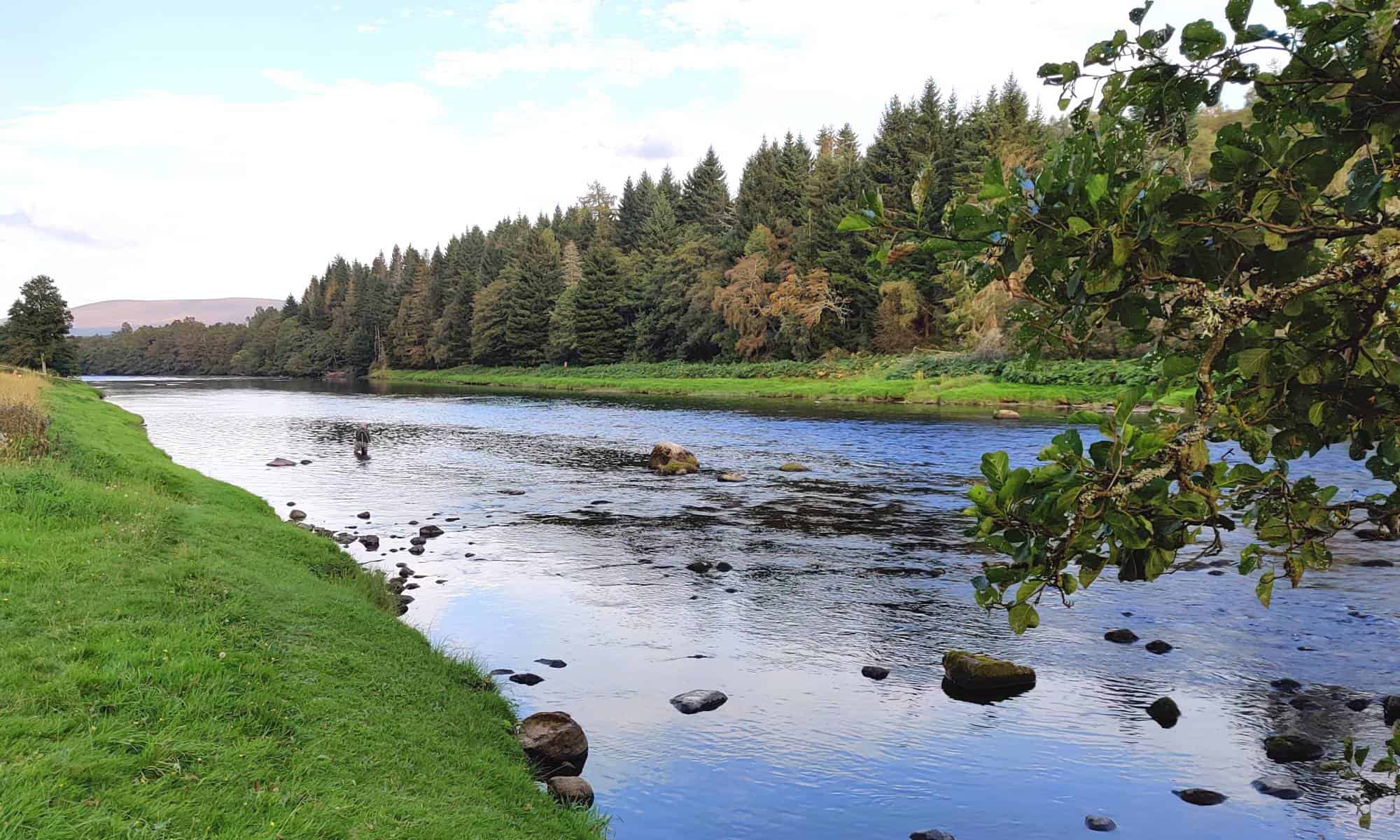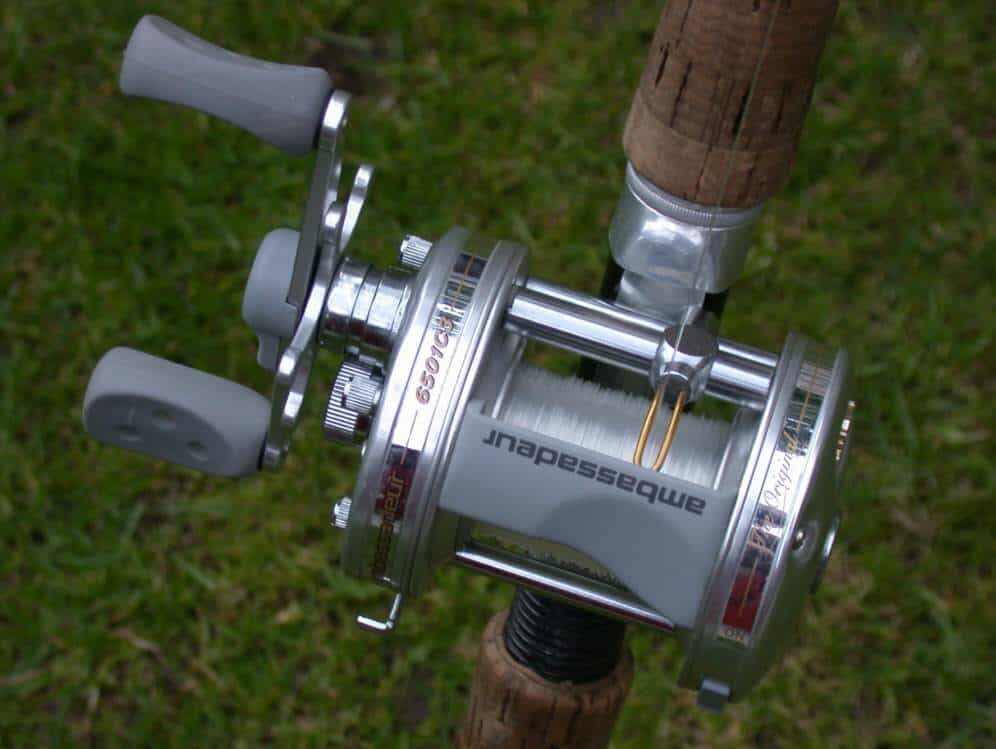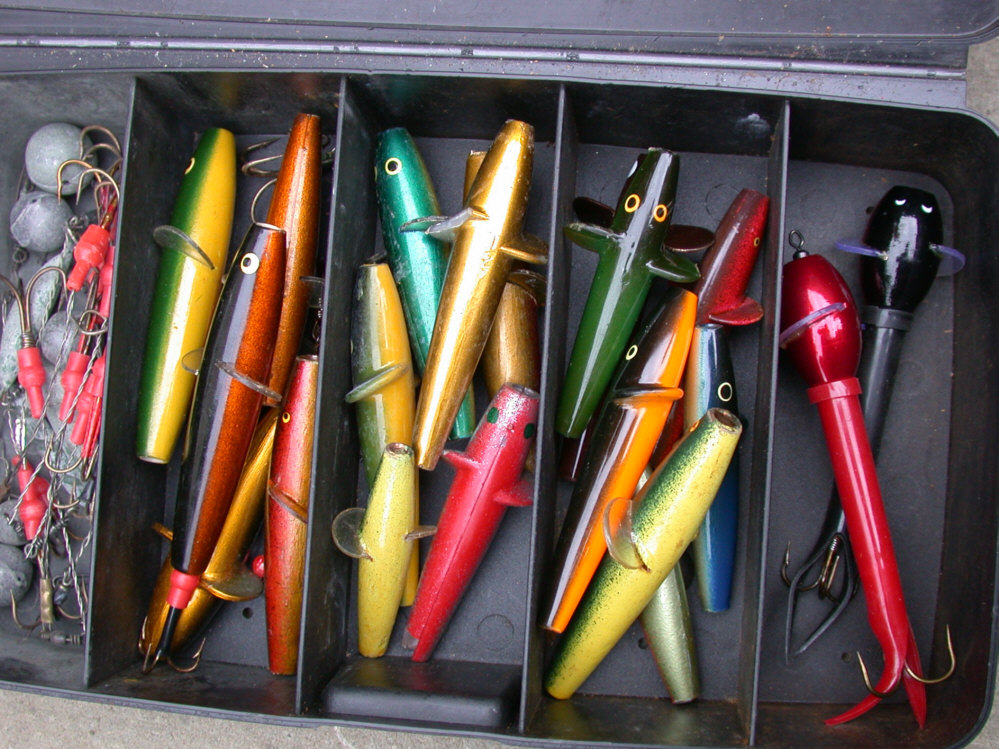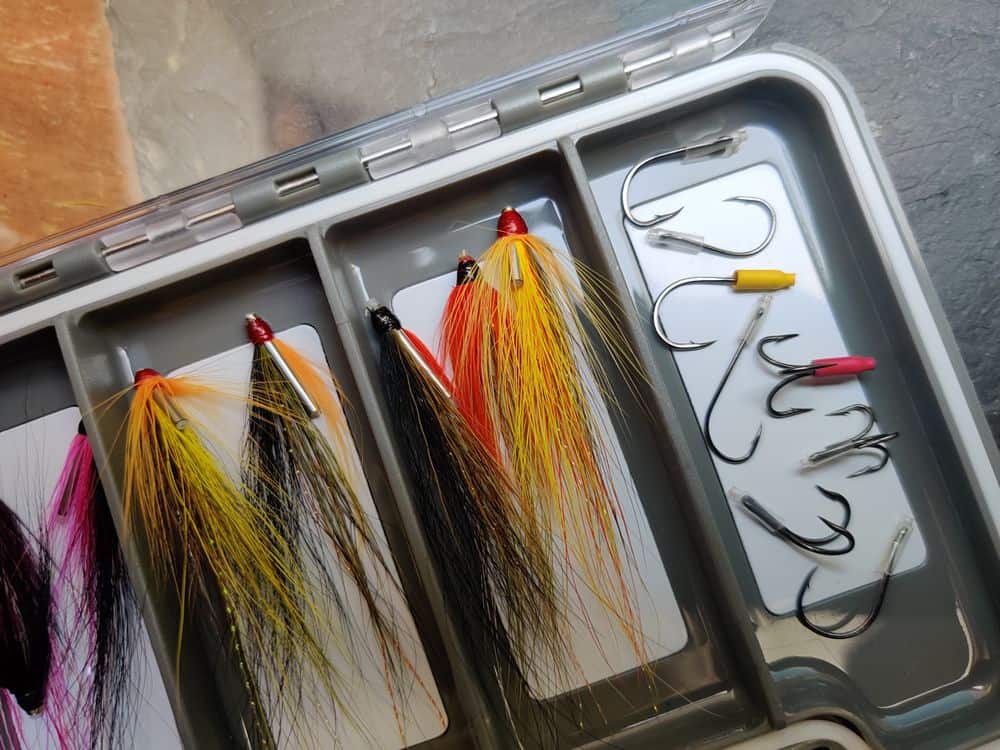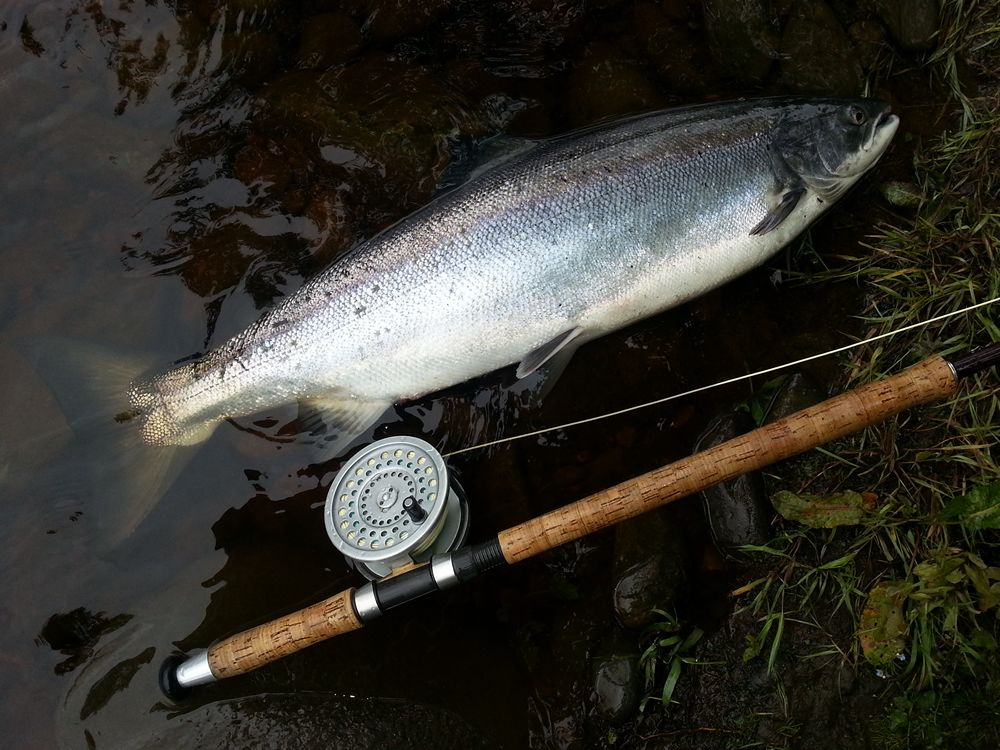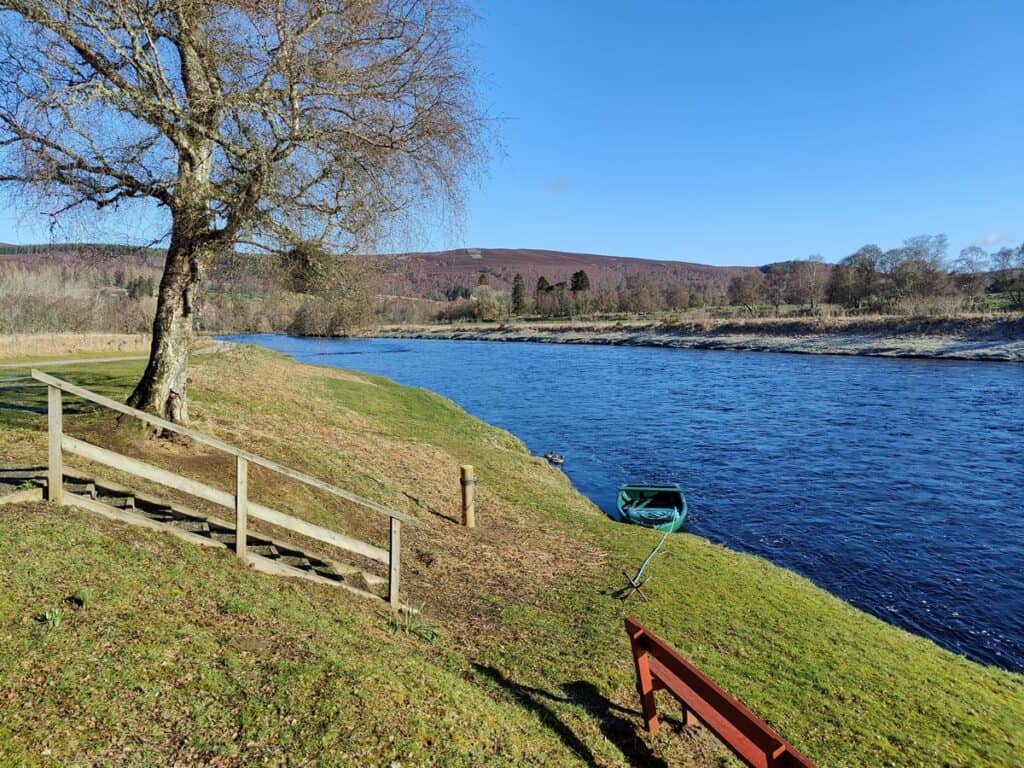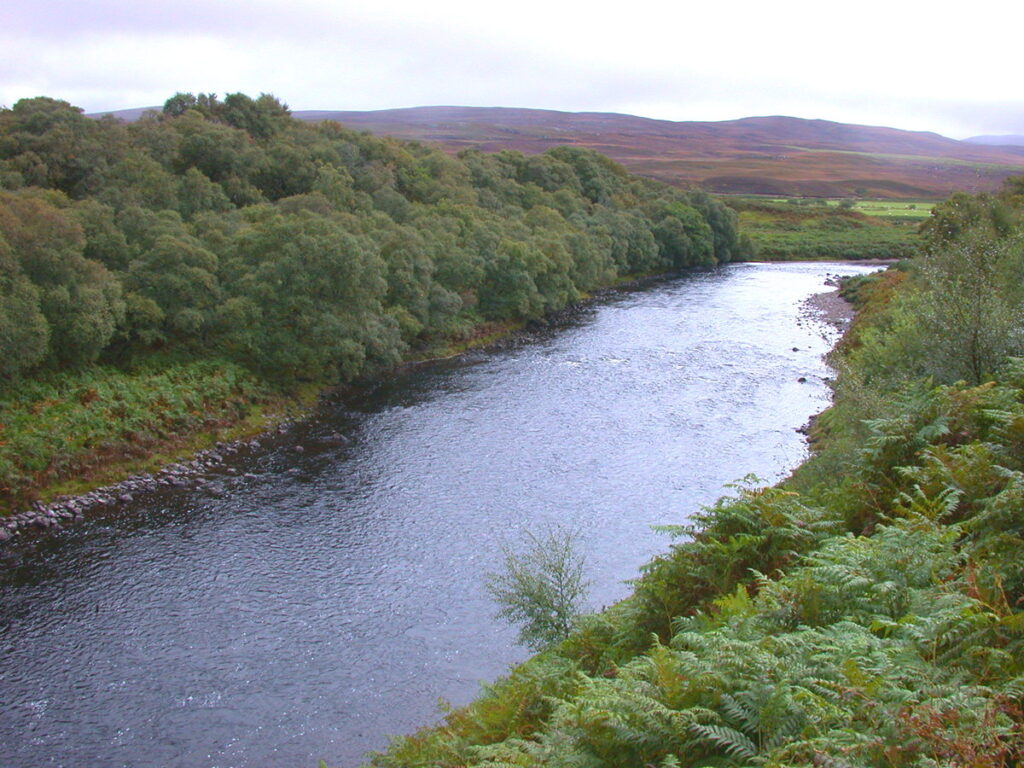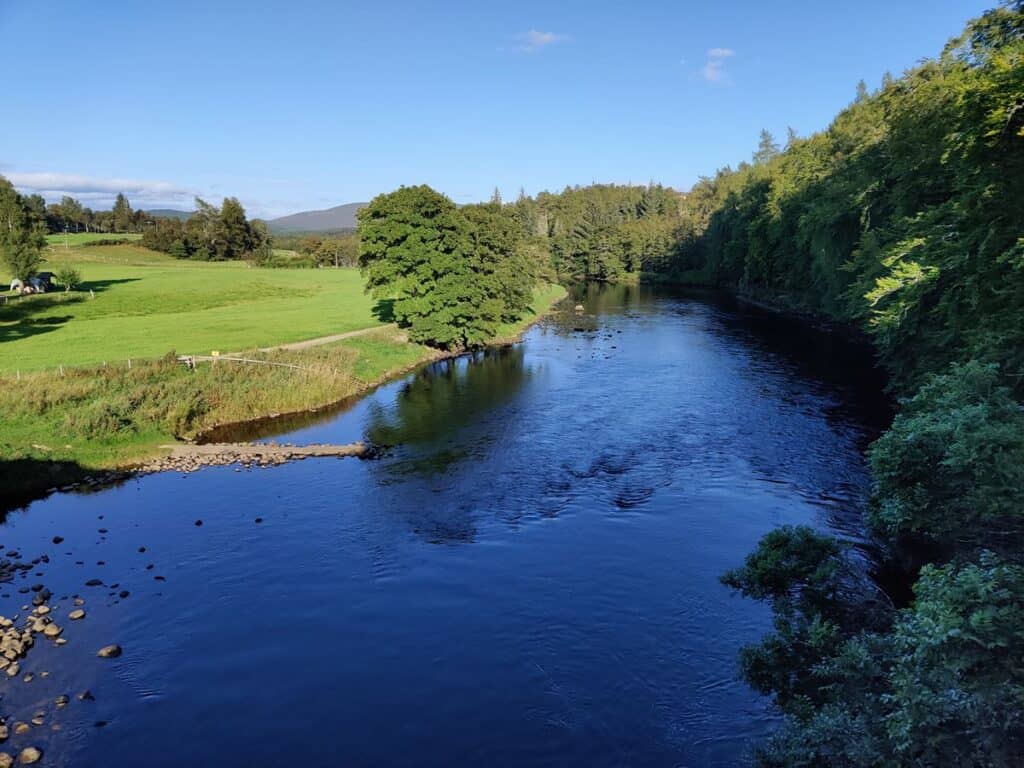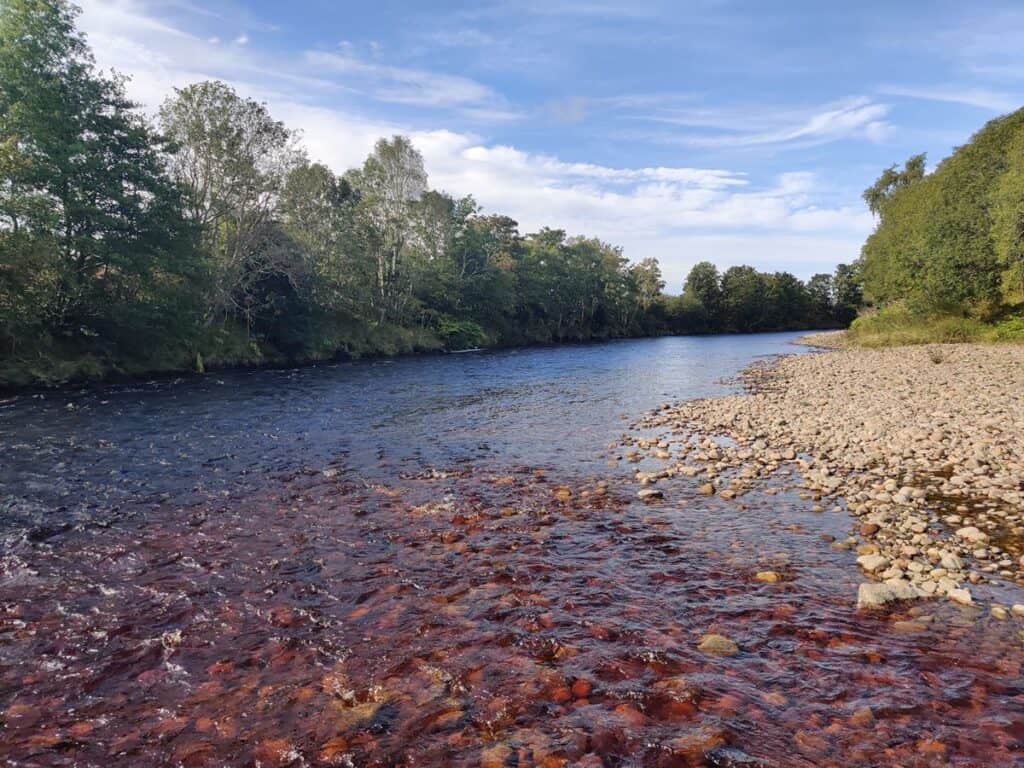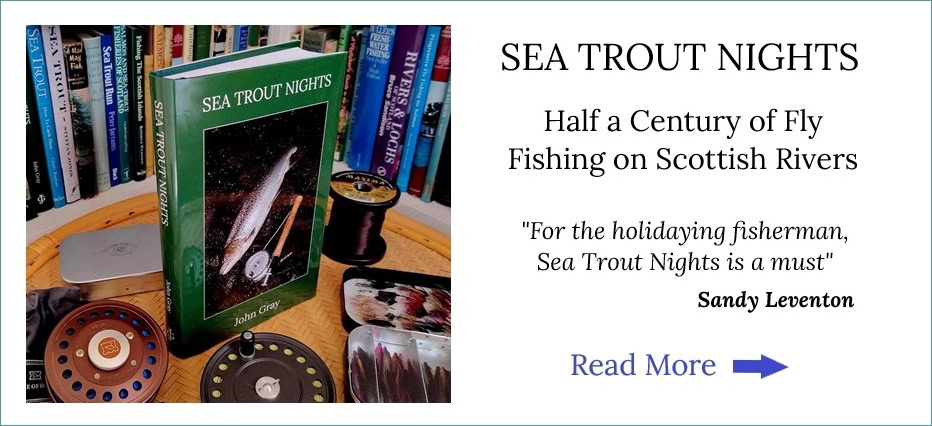A Guide to Salmon Fishing in Scotland
An introduction to Scottish Salmon Fishing featuring maps and information on the major Scottish salmon fishing rivers
Scotland has long been renowned for its salmon fishing on some of the most famous salmon rivers in the world, such as the Tay, Tweed, Spey and Dee, to name only the top four in terms of annual salmon catches. The Atlantic salmon, Salmo salar, run most Scottish rivers of any size, making their way from the marine feeding grounds in the North Atlantic into Scotland’s rivers and upstream to reach the spawning redds by late autumn, covering distances of hundreds, sometimes thousands of miles, often against the odds, through strong flows, rough rapids and barely surmountable waterfalls in the process, hence its Latin name Salar, the “leaper”.
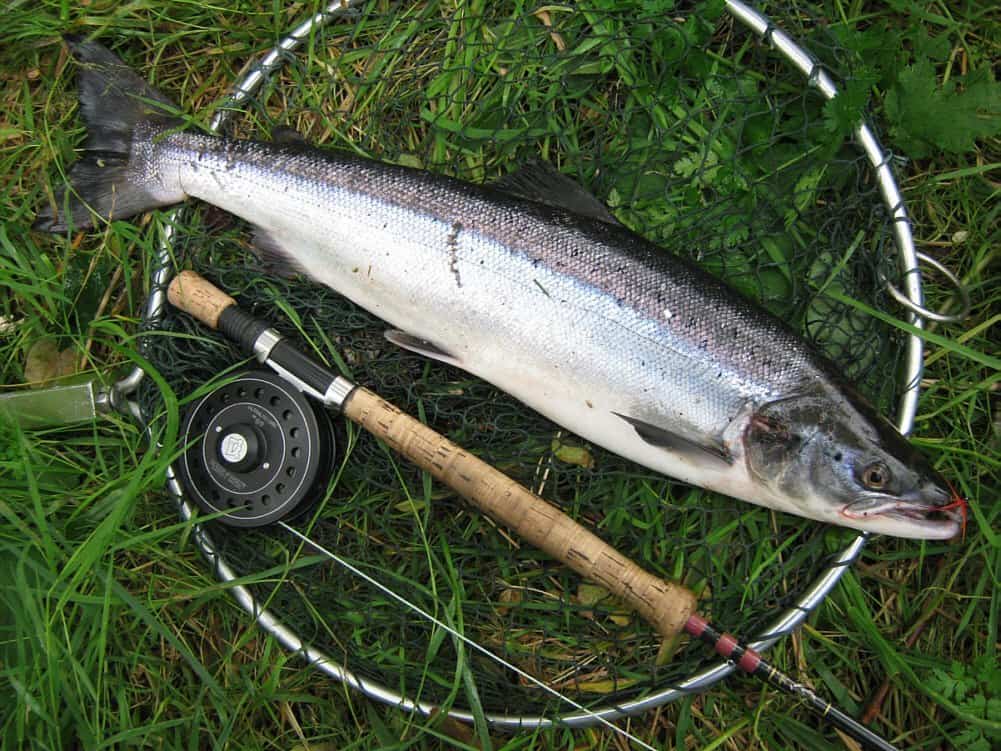
The Salmon Fishing Rivers of Scotland
There are more than a hundred rivers in Scotland with worthwhile runs of salmon, from the large east coast rivers like the Tweed and Tay to the smallest spate stream on the north west coast or on one of the many Scottish Islands. Some hold salmon for most of the year, while in others the salmon run in response to often unreliable rainfall towards the end of the summer or in the autumn. As a result, catches of salmon rod fishermen can vary widely, from one river to another, or even in any one river from one season to the next.
Salmon Catches on the Top Scottish Salmon Rivers
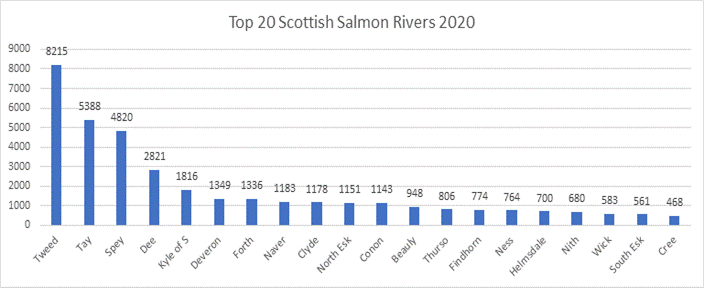
The table above shows the best Scottish salmon fishing rivers by numbers of salmon caught in 2020. Note that figures are for the whole river catchments. For example, the Tay includes the River Earn, the Forth includes the Teith and all minor tributaries, e.g. the Allan, Carron, Almond etc. The Clyde includes the River Leven and Loch Lomond system. Ness includes Loch Ness, Garry and Moriston. Kyle of Sutherland includes Rivers Oykel, Shin, Cassley and Carron.
The Scottish Salmon Fishing Season
The salmon runs in Scotland, i.e. the times in the year when salmon enter Scotland’s rivers from the sea, occur at different times in different rivers, offering varied opportunities for the salmon fisherman throughout the salmon fishing season, which generally runs from January until November, with local variations in the permitted fishing season. Some Scottish rivers begin their fishing season as early as mid January, while most have started by mid February. Some salmon rivers in Scotland, for example the River Spey, close at the end of September, while others, e.g. the River Tweed, carry on fishing until the end of November. The majority of Scotland’s salmon fishing rivers are open until the end of October.
Scotland offers the visiting salmon angler a good choice of fishing, on rivers of varying character and size, most offering excellent fly fishing water at varying times of the season. Many rivers in the east and north of Scotland will have newly run salmon present from the beginning of the season in January or February, offering the chance of sport to those hardy anglers who care to cast a fly in what is euphemistically termed “Spring Fishing” conditions! Others, like the Spey and Aberdeenshire Dee, will have worthwhile Spring salmon runs through March, April and May, offering the prospect to those anglers fortunate enough to be on the best beats at this time the prospect of that most highly prized of all fish, a Spring Salmon, or “Springer”. Many of Scotland’s smaller rivers will rely on summer rain to bring salmon in from the sea, while others may have to wait till September or October for the main salmon run.
Salmon Fishing Methods and Tackle
Although salmon cease to feed or actively seek food on entering fresh water, they might still be encouraged to take a bait or lure, whether through habit, curiosity, aggression or whatever. Fishing methods used may vary according to tradition, river conditions and current regulations on fishing, imposed by government, fishery owner or fishing club. Over the years, a wide range of fishing methods have been employed to catch salmon on rod and line. These include bait fishing, for example with dead fish bait, worm, shrimp or prawn; spinning with artificial lures; and fly fishing. On most Scottish rivers, the use of bait such as prawn and shrimp is now banned or severely restricted, although worm fishing is still permitted on some rivers at certain times of the year. Spinning with artificial lures is often confined to times of high and coloured water, while fly fishing has become the preferred method of fishing for atlantic salmon on most rivers in Scotland and elsewhere in the UK and Ireland, and indeed the world over.
Read more about Salmon Fishing Tackle and Salmon Fishing Tactics
Salmon Flies
Fly fishing is now the most common and popular method of fishing for salmon in Scottish rivers. We have a grand tradition of historic salmon fly patterns, most originating in the nineteenth century. Classic fully dressed salmon flies, incorporating complicated dressings of exotic fly tying materials, continued to be popular well into the twentieth century. Throughout the 20th Century, salmon flies evolved and, although the materials used were much simplified, a whole range of new, mainly artificial materials and components was developed, giving the fly tyer many and varied options in terms of design, shape and weight, to be presented on a wide new range of line profiles and densities. Shown below are just a couple of modern salmon tube flies, dressed on ultra-slim stainless steel needle tubes and armed with free-swinging single hooks. For more see Salmon Flies
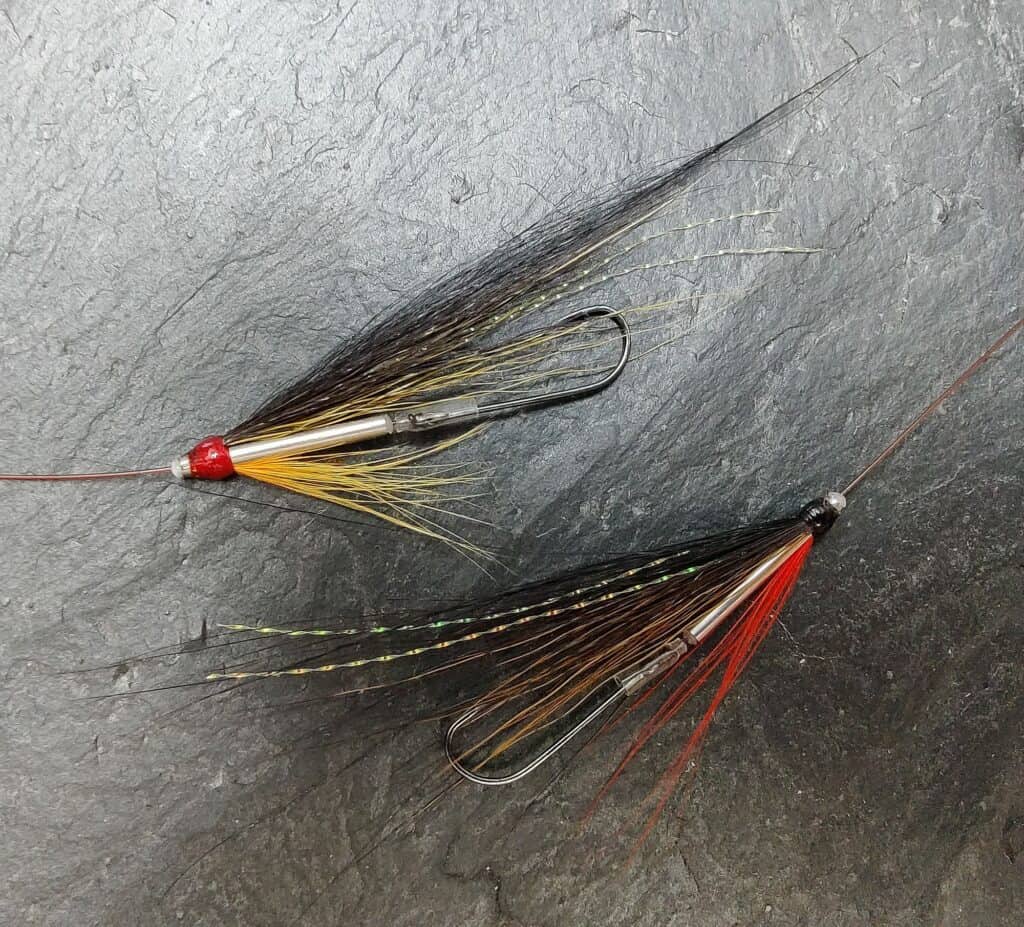
Booking Salmon Fishing in Scotland
Salmon and sea trout fishing rights on Scottish rivers and lochs are generally owned and managed by sporting estates or other riparian owners and regulated through District Salmon Fishery Boards. A good deal of Scotland’s salmon fishing (including, incidentally, much of the coastal saltwater salmon and sea trout fishing), is owned by the Crown Estates, some of it let to angling associations. Some salmon beats are let through fishing hotels. A national rod licence is not required in Scotland. So salmon fishing in Scotland may be accessible through private let, in conjunction with hotel accommodation or by purchasing a permit from an angling association or fishing club by the day, week or season. The best of the salmon fishing, on famous and historically prolific beats of the Tweed or Spey for example, or on the most productive smaller Highland rivers such as the Helmsdale or Naver, is generally very expensive, let to long term tenants or retained for the private use of the owners.
However, many prime salmon beats on most rivers are generally available for let on a weekly basis, with preference for the most productive weeks in the season usually given to previous tenants. So the best weeks are generally let to the same tenants year after year. Less productive weeks are generally more affordable and taking one of the poorer weeks may allow a fisherman to get a foot on a lower rung of the ladder, with the expectation of being offered a better week whenever one may become available. Some very good salmon and sea trout fishing throughout Scotland is owned or rented by local angling associations and fishing clubs and managed for the benefit of local and visiting anglers. Permits for peak season days or weeks may require advance booking but it is often possible for the casual visitor to obtain a day or weekly permit on many club waters at short notice and usually at reasonable cost.
Some links and information on many Scottish angling clubs and associations can be found on their respective river pages in the Where to Fish sections.
Where to Fish for Salmon in Scotland
Scottish salmon fishing has something to offer all tastes, whether it be the challenge of covering the width of our large rivers in Spring or Autumn with a long double hander, perhaps on the River Tay, Tweed, Ness or Lower Spey; catching a highland river on a falling spate, rock-hopping from pool to pool in the hope of connecting with a fresh run grilse on a single handed rod; or casting for a late summer salmon, or maybe a sea trout, from a drifting boat on the wild lochs of the Hebrides. For those planning a salmon fishing trip to Scotland, this website will provide information about the salmon fishing available throughout Scotland, with links to maps of the major Scottish salmon rivers in the north, central and south areas and the salmon lochs and rivers on the Scottish Islands.
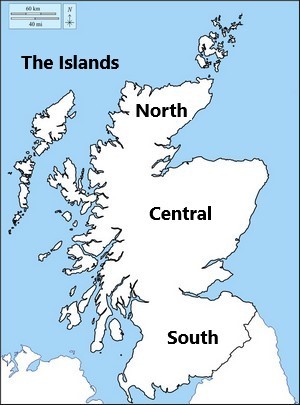
Salmon Fishing in the North of Scotland
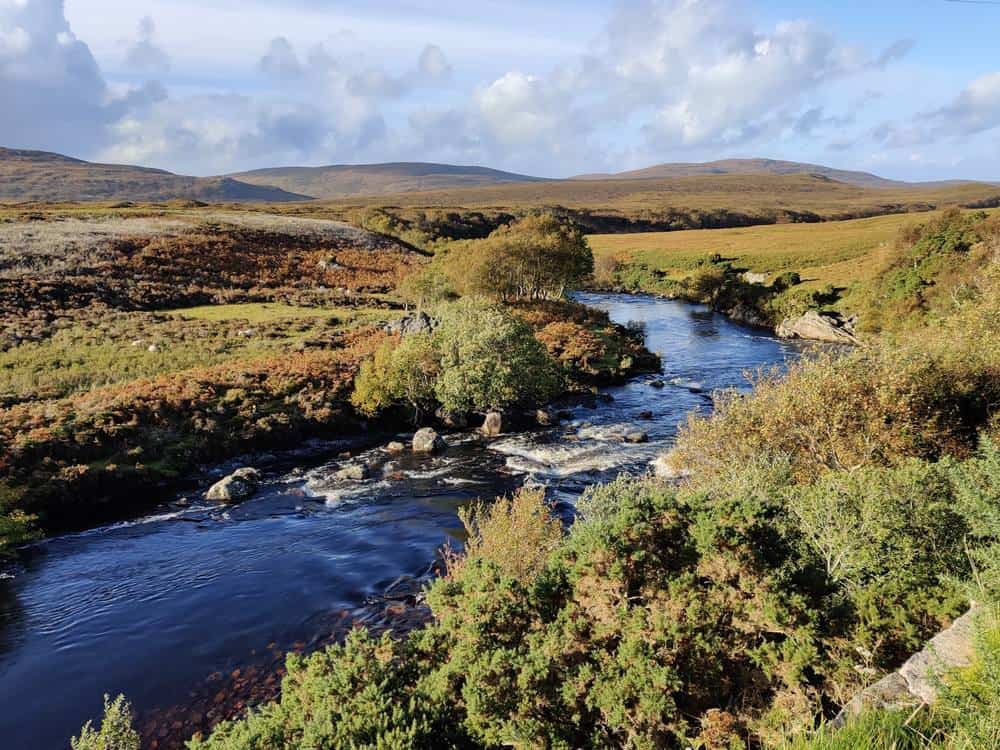
In The North we will examine the potential of beautiful little salmon spate rivers like the Sheil, Croe, Naver, Thurso, Dionard, Halladale, Brora, Helmsdale, Inver and Kirkaig, to name but a few, where success often depends as much on timing as anything, catching these wild rain dependent streams just at the right time on a falling spate after a spell of summer rain or the larger, more predictable hydro-modified rivers running eastwards to the North Sea, like the Conon and Beauly.
Salmon Fishing in the South of Scotland
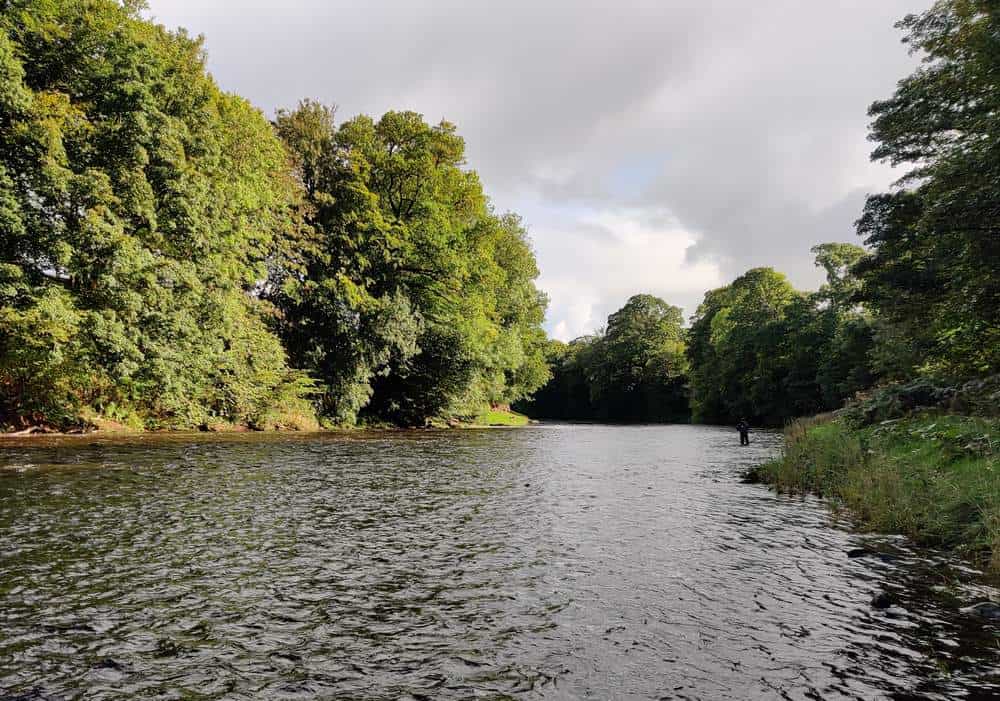
In The South of Scotland the salmon angler has a good variety of fishing to consider. There is the fourth of the big four Scottish salmon fishing rivers, the River Tweed, with opportunities from February right through until the end of November, the smaller, more intimate Ayrshire rivers, e.g. Doon and Stinchar, which need a bit of rain to give of their best, and those salmon and sea trout rivers which empty into the Solway Firth, i.e. the Cree, Urr, Nith, Annan and Border Esk, all capable of giving great sport on their day.
Salmon Fishing in Central Scotland
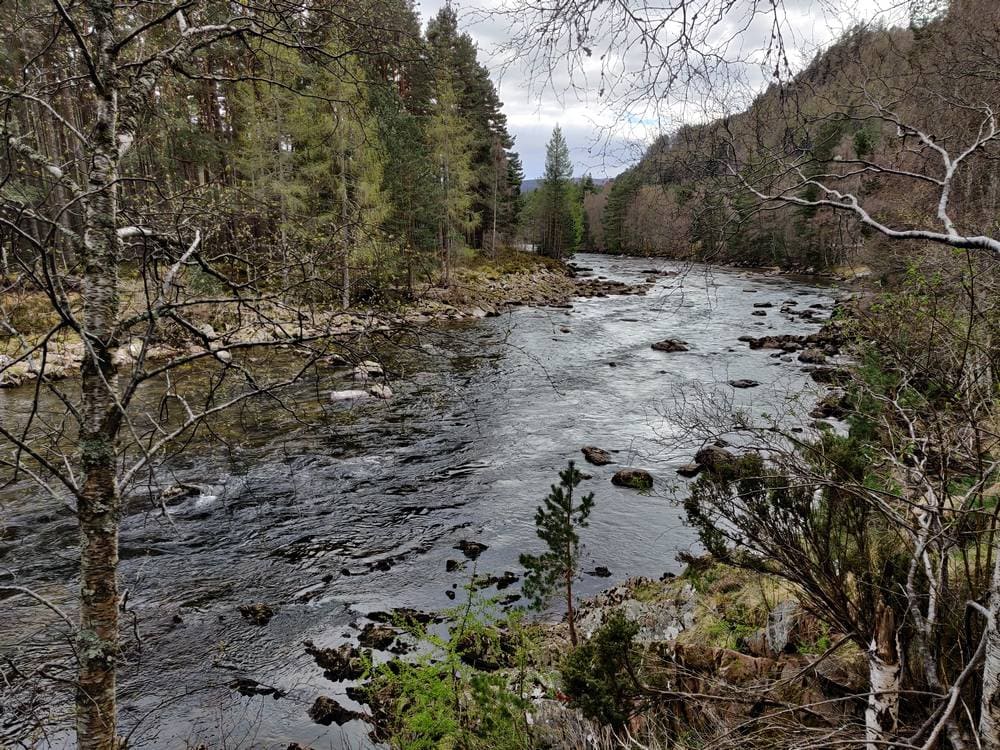
Central Scotland (For the purpose of this site I have defined Central Scotland as the area south of the Great Glen and north of the Southern Uplands) too offers a variety of salmon fishing on rivers, large and small, including some of the most famous salmon rivers in the world in the Spey, Dee and Tay. Their are also medium sized rivers like the Findhorn, Deveron, Don, North and South Esk, Earn and Teith and smaller streams like the Allan, Ugie, Lossie and Nairn
Salmon Fishing on the Scottish Islands
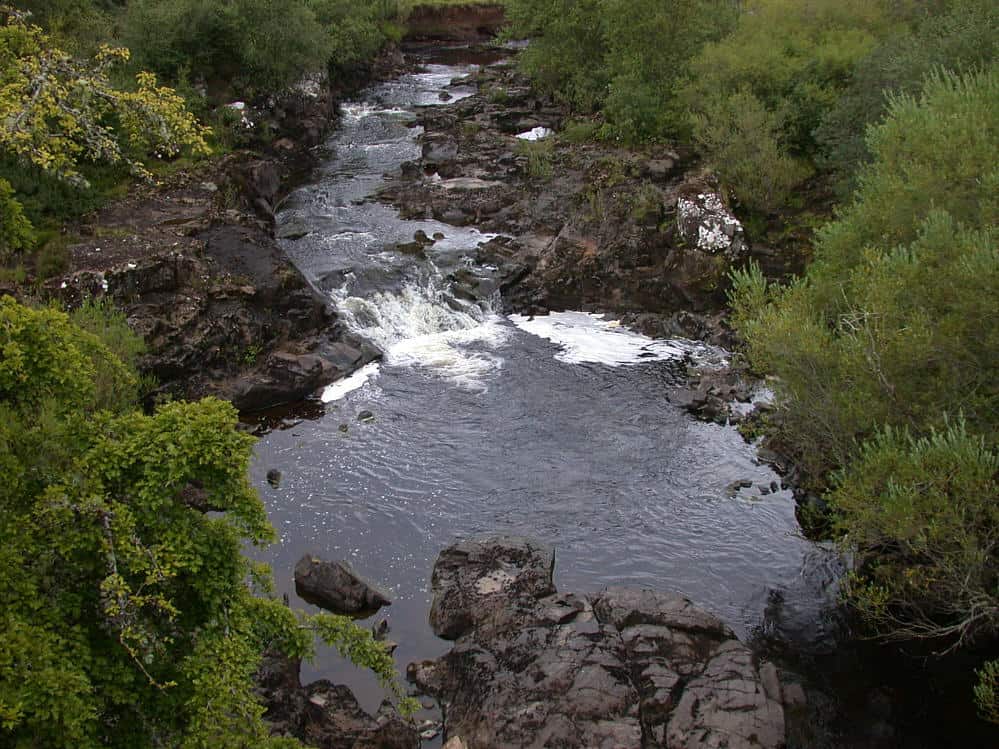
Leaving the mainland, salmon fishing may also be found on the wild lochs and rivers of the The Scottish Islands, such as Skye, Mull, North and South Uist, Lewis and Harris, where salmon and sea trout make their way up the short streams into the many Island lochs after a bit of rain to offer the angler great sport from a drifting boat to the wet fly or a dapped dry fly in a good wind, the most productive times being in late summer and autumn.
Scottish Salmon Fishing Resources
salmon fly fishing tackle, tactics, flies and fly tying
In addition to the information on when and where to fish for salmon in Scotland, there are links to pages and articles on the kind of salmon fishing tackle required, in particular the fly rods, reels and lines best suited to the varied nature and conditions likely to be met throughout the changing seasons on our rivers large and small; the tactics most likely to bring success; and some of the most popular and effective of our salmon flies, including pages on fly tying, including illustrated step by step fly tying instruction: and much more on a variety of salmon related topics. See the menu top right for information about Salmon Fishing in Scotland.
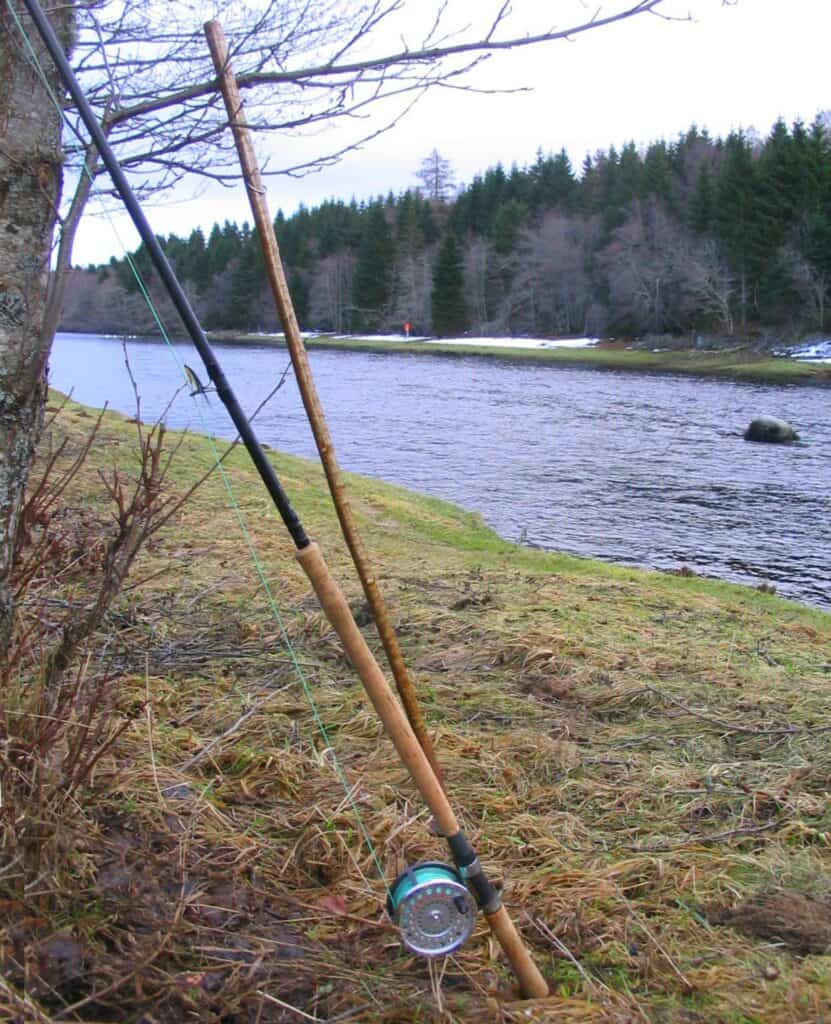
For further information see Scottish Salmon Fishing
